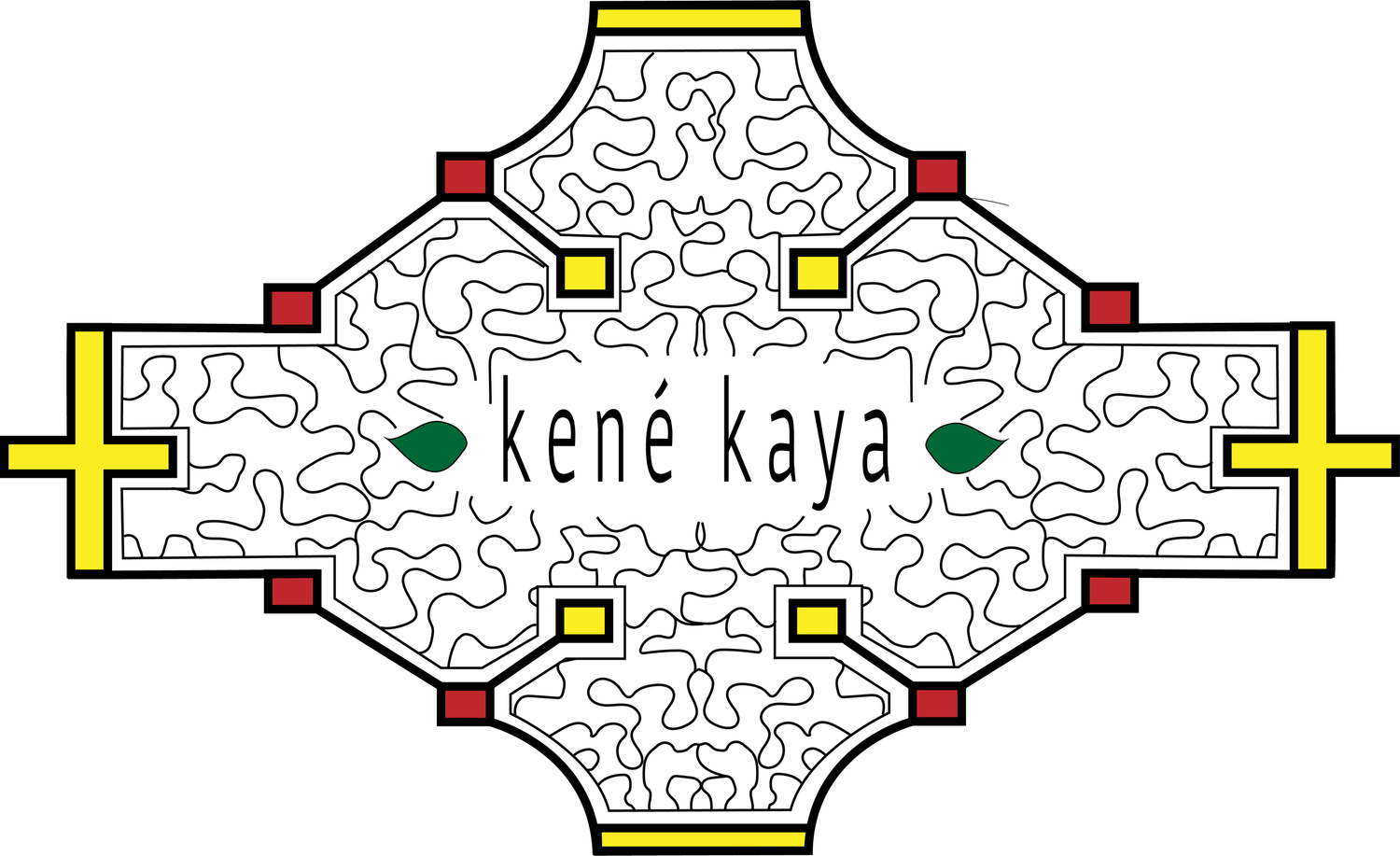The Ancient Art Form of Kené
Kené refers to the geometric patterns that are embroidered into every garment, and also as an ancient shamanic art form that is hand painted on a variety of mediums, such as ceramics, beadwork, textiles, and houses. They represent knowledge, culture, history and aesthetics of the indigenous tribe, Shipibo-Konibo.
Kene textile hand embroidered by Olinda Silvano
In 2008, kené was declared by the Peruvian Ministry of Culture as a symbol of ancestral identity and part of the national cultural heritage of Peru, to be protected, in order to ensure their cultural continuity, along with ayahuasca. Kené in the Shipibo language means “design” and refers to the design system of the Shipibo-Konibo people. Embroidery techniques of kené are passed down generations of women through rituals and the use of plant medicines. Each pattern has a different meaning. More than just lines and geometric shapes, kené represents the knowledge, culture, history, of the native indigenous group, revealing the origins and relationship between the Shipibo-Konibo community and their territory. The kenés are sung when the artisans go across the lines with the finger over the fabrics singing shamanic healing chants.
Kené are inspired by the healing visions of the tribe when they consume plant medicines, ayahuasca or pirí pirí. The kené patterns are also sung as ícaros, healing chants. The geometric designs are unique to each artisan. Many designs illustrate the flora and fauna of the Amazon, such as ayahuasca, and animals such as hummingbirds, serpents, jaguars.
To the Shipibo-Konibo, kené is a symbol of ethnic identity and agency in a country where they are an ethnic minority and their rights are largely marginalized. Murals of kené in public works of art have given the Shipibo-Konibo a new visibility in Peru, as their ancestral form of artistic heritage is becoming more known.

